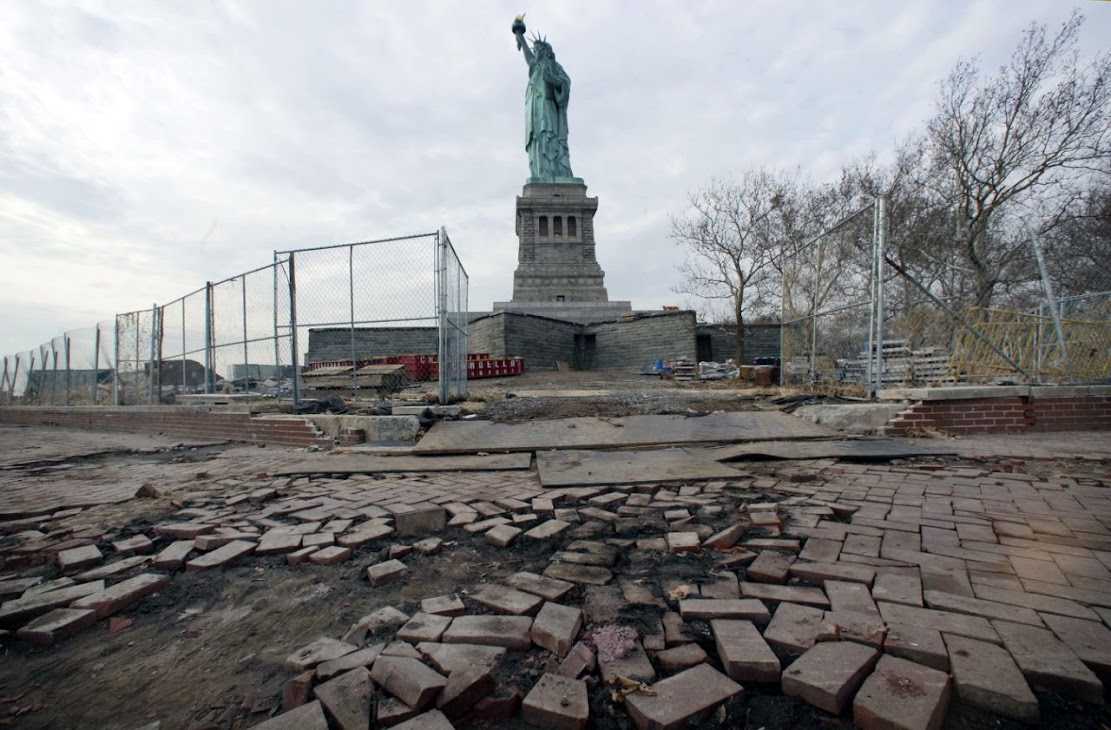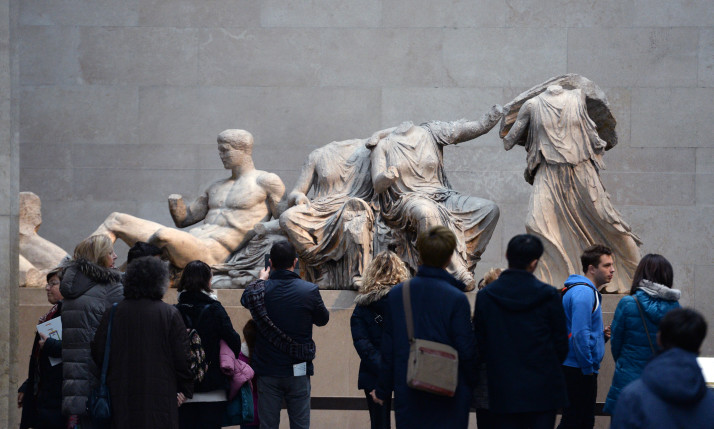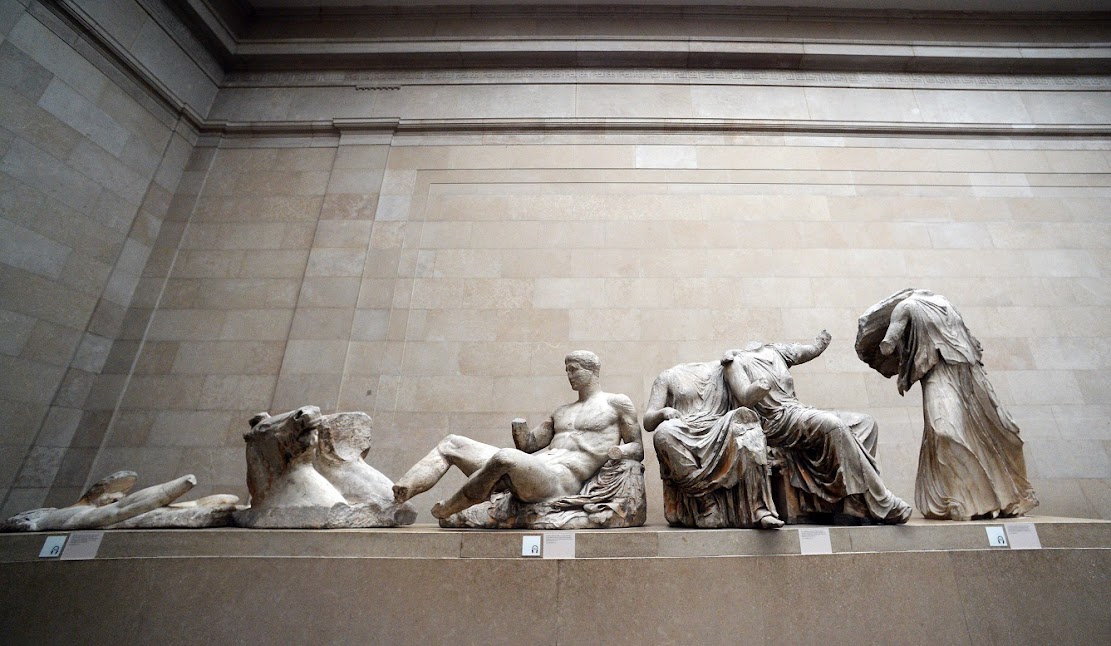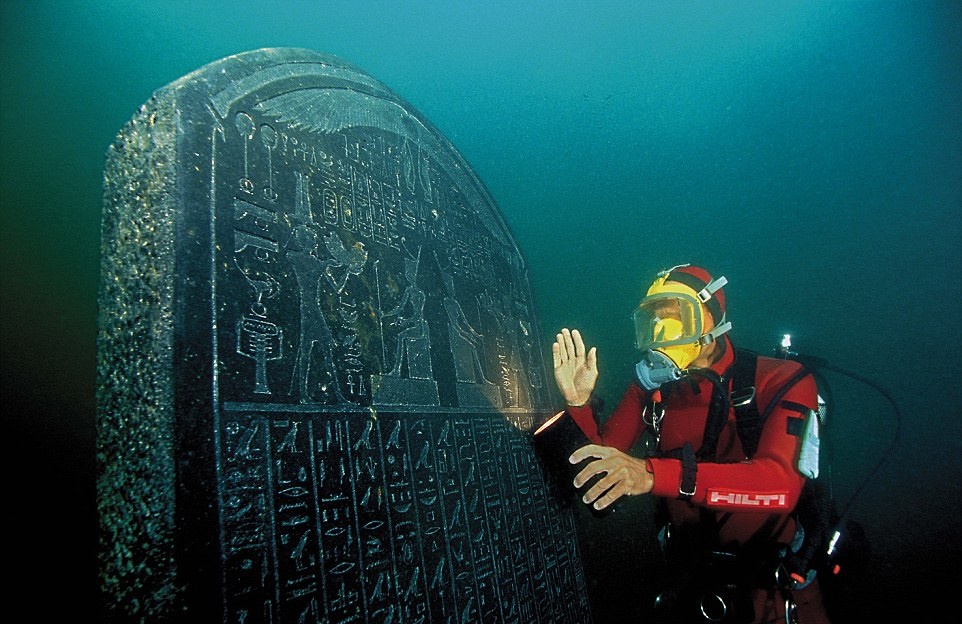The Great London [Search results for Cultural Heritage]
Near East: Antiquities market on alert for looted Syrian spoils

Near East: ISIS smashes priceless Palmyra artefacts

Near East: Should we 3D print a new Palmyra?

Natural Heritage: Drowning history: Sea level rise threatens US historic sites

Iraq: At Iraq's Nimrud, remnants of fabled city ISIS sought to destroy

More Stuff: Paris Egypt exhibit holds defiant message for Islamic State

Turkey: Early farmers from across Europe were direct descendants of Aegeans

United Kingdom: Greece looks to international justice to regain Parthenon marbles from UK

UK: 14,000-year-old Ice Age site found on Jersey Island

Iraq: Reports of third ancient site looted by IS militants

More Stuff: Is Greece about to lose the Parthenon Sculptures forever?

United Kingdom: Greece will not go to court over Marbles, says minister

Great Legacy: Two Egypt museum curators arrested for artefact thefts

Australia: Wreck of former slave ship off West Australian coast mapped in 3D

United Kingdom: Britain urged to begin talks on Parthenon marbles

Iraq: IS militants bulldoze Assyrian city of Nimrud

United Kingdom: Athenians’ association sues Britain for Parthenon Sculptures

United Kingdom: First-ever legal bid for return of Parthenon Sculptures to Greece thrown out by European Court of Human Rights

United Kingdom: British MPs introduce Bill to return Parthenon Sculptures to Greece

UK: British Museum to launch first major exhibition of underwater archaeology in May 2016
